This collection exemplifies the true extent of the sophistication of artistic production from the Royal courts of India from the 17thcentury onwards. These treasures comprise the most des, vivid enamels, opulent jewels and magnificent Royal portraits. Among the many highlights illustrating the scope of this collection are a jade-hilted dagger once owned by Shah Jahan, the intriguing magic box of Tipu Sultan, the heavily diamond-encrusted state sword of the Nizam of Hyderabad, and a diamond and enamel covered gold huqqa, revealing Indian opulence at its best. A jade cup, the naturalistic form terminating in an ibex head, was so astounding that the Chinese Emperor Qianlong (r.1735-1796) composed a poem in its honor which he had inscribed on the interior. Alongside these highlights are numerous fabulous works of art showcasing the development of the intricate enameling techniques that started at the Mughal court, and then spread to all the leading local kingdoms throughout the subcontinent, each with its own workshop, making sumptuous works of art and jewels that embodied the power and wealth of these competing Rulers.
Dagger with jade hilt, Mughal Empire, c. 1629-36. © The Al Thani Collection.
Tipu Sultan’s Magic Box, 1780–90, South India, Mysore. Gold. © The Al Thani Collection.
The Nizam of Hyderabad Ceremonial Sword with jewelled gold hilt, Hyderabad, South India, c. 1880-1900. © The Al Thani Collection.
Cup, North India, 1660–80, with engraved poem by the Qianlong Emperor of China; Jade, rubies; foot with silver support ring. H. 2.5 cm; L. 8.4 cm; W. 6.1 cm © The Al Thani Collection.
In the sale will be a gold pen case and inkwell (1575-1600), jewelled with diamonds, rubies and emeralds. The symbolic importance of ceremonial inkwells was well known in the medieval Islamic world, where they were the insignia of both imperial rank and governmental office.
It carried even greater resonance in a Muslim context because of the importance of the written word of the Qur’an. Pen cases were prized possessions of sultans and their chief ministers — the royal pen box implied learning and reinforced authority.
During the Mughal dynasty, jewelled pen case and inkwell sets were presented by emperors as a sign of the highest distinction.
An emerald, ruby and diamond-set gold state pen case and inkwell (Davat-I Dawlat), with a sacred bird (hamsa) engraved under the inkwell. Deccan, central India, late 16th century. © The Al Thani Collection
Among the collection’s countless highlights is a dagger, from either Tanjore or Mysore, that dates to between 1790 and 1810. The dagger’s gold hilt is crafted in the form of a yali, a mythical lion-headed beast which is well known in the architecture of southern India, and is kundan-set with foiled table-cut diamonds, cabochon rubies and cabochon emeralds.
A gold gem-set hilted dagger (Kinjal). The hilt in the form of a yali, set with diamonds, rubies and emeralds, steel blade. Tanjore or Mysore, South India, 1790-1810. © The Al Thani Collection
Among the many Indian royal treasures in the collection is a white gold, diamond-encrusted jigha (turban ornament) that would probably have been worn on formal occasions by a Maharaja from an important state.
Belle Époque diamond jigha, 1907 and remodelled circa 1935. The turban ornament set with old baguette and pear-shaped diamonds, white gold, fitted with plume holder on the reverse, lower portion detachable and may be worn as a brooch. © The Al Thani Collection.
Diamonds
The collection features a number of outstanding diamonds, including the Mirror of Paradise Diamond and the Arcot II Diamond, both of which originate from the Golconda mine, the earliest diamond mine known to man.
The Arcot Diamond, a brilliant-cut, pear-shaped, D-colour stone weighing 17.21 carats, was one of two such diamond ear drops sent as gifts to Queen Charlotte (1744-1818), the wife of King George III, from the Nawab of Arcot. The diamonds were later acquired at auction by the Marquess of Westminster and subsequently mounted in the Westminster Tiara, which was worn at the coronation of Queen Elizabeth II.
The Arcot II Diamond. Pear brilliant-cut diamond of 17.21 carats. © The Al Thani Collection.
The Nizam of Hyderabad Necklace (mid to late 19th century), shown above, is made of gold with seven large foiled triangular diamonds, each framed in an openwork panel of kundan-set diamond leaves. At front centre is a triangular diamond pendant surrounded by 12 diamond leaves, mounted on an inner edge with a melon-cut emerald bead.
Spectacular parade necklaces became a hallmark of Indian royal attire in the late 19th century, and this Nizam of Hyderabad Necklace is an especially spectacular example of Indian princely jewellery.
The Nizam of Hyderabad Necklace. Diamond, emerald and enamel necklace. Modified triangular-shaped table-cut diamonds, variously-shaped faceted and rose-cut diamonds, carved emerald bead, green enamel, foil, gold, engraved on the reverse with foliate motif, 16 in, late 19th century. © The Al Thani Collection.
Cartier jewels
Of all the great jewellery houses, Cartier had the longest and most productive association with India, and these cross-cultural references are evident in many of the spectacular Cartier creations in the collection. Kadakia describes Jacques Cartier’s passion for India as ‘a culturally significant moment’ in the history of jewellery.
In the early years of the 20th century, Jacques Cartier forged close links with a number of Indian princes in Europe, relationships which Kadakia describes as ‘a great meeting of minds’. The jeweller made frequent visits to India, regularly meeting with the royal families with whom he established close relationships.
Many of Cartier’s finest jewels from this period were inspired by Indian architecture, gems and jewels. One such example is a stunning 1922 platinum belt brooch set with diamonds, emeralds and sapphires (shown above). The calibré-cut sapphire trim and diamond detail are reminiscent of ornate archways present in Mughal palaces and royal quarters.
This incredible piece was part of the collection of Sybil Sassoon, Marchioness of Cholmondeley, and daughter of Sir Edward Sassoon and Baroness Aline de Rothschild. She chose to wear it, alongside her most important jewels, for both the coronation of King George VI in 1937 and the coronation of Queen Elizabeth II in 1953.
An Art Deco emerald, sapphire and diamond belt buckle-brooch, Cartier. Octagonal step-cut emerald of 38.71 carats, buff-top calibré-cut sapphires and emeralds, old and single-cut diamonds, platinum and 18k white gold (French marks), 3½ in, 1922. Unsigned, partial maker’s mark (Atelier Renault), no. 0346, red Cartier case. © The Al Thani Collection.
Other highlights from the collection include The Taj Mahal Emerald, an extraordinary large carved stone named for the carved floral engravings that were reminiscent of the coloured stone inlay of the Taj Mahal. The emerald had once formed the centrepiece of one of Cartier’s most iconic creations, the Collier Bérénice, a necklace or shoulder ornament, which was exhibited in 1925 at the Exposition des Arts Décoratifs et Industriels Modernes in Paris.
The Taj Mahal Emerald, Cartier. Hexagonal-shaped carved tablet emerald of 141.13 carats, circular-cut diamonds, platinum and 18k white gold (French marks). 2⅛ in, 2012. Signed Cartier, no. TI9645, red Cartier case inscribed ‘Taj Mahal’ emerald. © The Al Thani Collection.
The ‘devant-de-corsage’ brooch is an extraordinary example of the magnificence of the Belle Époque, combining top diamonds, a delicate design, the finest maker and famous provenance.
It was made to order in 1912 for Solomon Barnato Joel, who made his fortune in the South African diamond mines. As a director of Barnato Brothers as well as of De Beers Consolidated Diamonds Mines, Joel was a major influence on the diamond and gold industries at the beginning of the 20th century. His fascination with diamonds remained a constant throughout his long career, and for this brooch Joel provided Cartier with his four finest stones.
Devant-de-Corsage brooch, 1912, Cartier. Pear brilliant-cut diamond of 34.08 carats, oval brilliant-cut diamond of 23.55 carats, modified marquise brilliant-cut diamond of 6.51 carats, heart modified brilliant-cut diamond of 3.54 carats, lily-of-the-valley old-cut diamond links, platinum and 18k white gold (French marks), 7½ in, 1912. Signed Cartier. © The Al Thani Collection.
Jacques Cartier travelled to India and the Middle East to buy natural pearls. The Cartier natural pearl necklace shown above features pearls with ‘an incredible graduation in size’, says the specialist.
A single-strand natural pearl and diamond necklace, Cartier. Graduated strand of 37 natural pearls of 14.00 to 7.05 mm, old-cut marquise-shaped diamond, platinum (French marks). Unsigned, partial maker’s mark, red Cartier soft case. © The Al Thani Collection.
Pocket watches
The collection features a group of pocket watches, which have all been hand-painted with images of the Maharajas who commissioned them. The example below shows Maharaja Bhupinder Singh of Patiala in one of his iconic bejewelled portraits.
An enamel and gold hunting case pocket watch. Champlevé enamel portrait depicting Maharaja Bhupinder Singh of Patiala, enamel coat of arms on the reverse, white enamel dial, 18k gold (British and Swiss hallmarks), 2½ in, case no. 34894, circa 1930. © The Al Thani Collection.
Birds
Birds, especially falcons, were closely associated with kingship at the Mughal court and in successor states. The sport of falconry was a favoured pastime among the royal princes, and is frequently referred to and depicted in paintings of the Mughal era.
Miniature paintings of falcons show them adorned with fine materials, including the anklets needed to restrain them. The pair of jade falcon anklets shown above date from circa 1800 and have gold rims framing a band of five rubies in leaf-shaped kundan settings.
A diamond and multi-gem bird pendant with variously shaped table-cut diamonds, oval and triangular-shaped cabochon rubies and emeralds, pearls, black, blue, green, white, red and yellow enamel, foil, gold on a lac core, mid- to late-18th century. © The Al Thani Collection.
A pair of jade falcon bracelets, each set with leaf-shaped rubies. India, early 19th century. © The Al Thani Collection.
François Curiel, Chairman, Christie’s Europe, remarks “This landmark collection traces the history of Mughal jewels and objects to present day and represents the most significant collection of its type ever to come to auction. This project is a true partnership between our market-leading Jewellery department, led by Rahul Kadakia, and World Art department, led by William Robinson, along with independent art advisory firm The Fine Art Group. The collection begins in Mughal India, the most important dynasty that ruled the country, famous for its emeralds, diamonds, sapphires, rubies, jeweled weapons and objects that are bejeweled beyond belief. From exceptional daggers worn by the elite Nobles and Royal families of India to important jewels inspired by Indian tradition and architecture, the auction of this notable collection presents a truly significant cultural moment and offers a milestone opportunity for collectors.”

/https%3A%2F%2Fprofilepics.canalblog.com%2Fprofilepics%2F1%2F0%2F100183.jpg)
/https%3A%2F%2Fstorage.canalblog.com%2F03%2F02%2F119589%2F96711876_o.jpg)
/https%3A%2F%2Fstorage.canalblog.com%2F11%2F31%2F119589%2F94773502_o.jpg)
/https%3A%2F%2Fstorage.canalblog.com%2F20%2F83%2F119589%2F94772815_o.jpg)
/https%3A%2F%2Fstorage.canalblog.com%2F26%2F72%2F119589%2F75604929_o.jpg)
/https%3A%2F%2Fstorage.canalblog.com%2F59%2F60%2F119589%2F26458628_o.jpg)


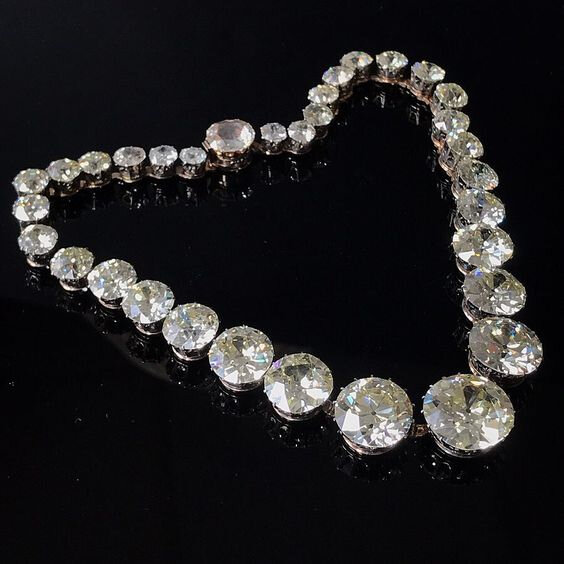



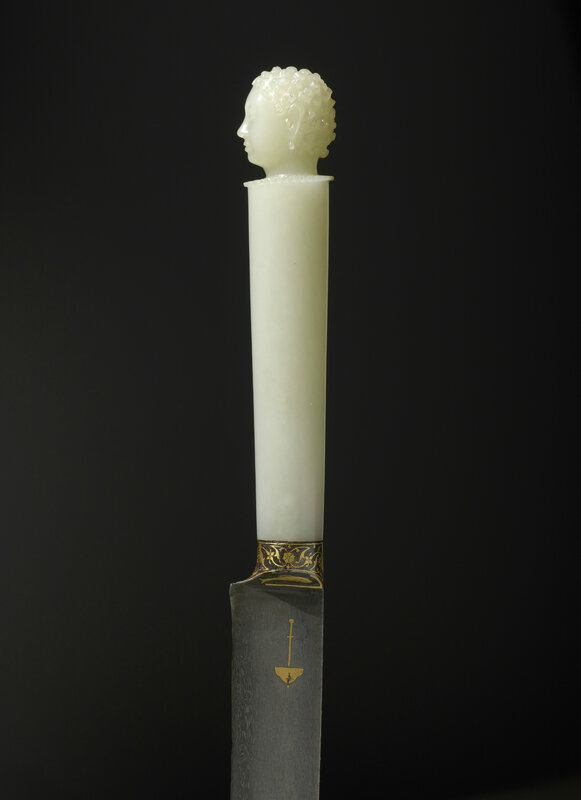



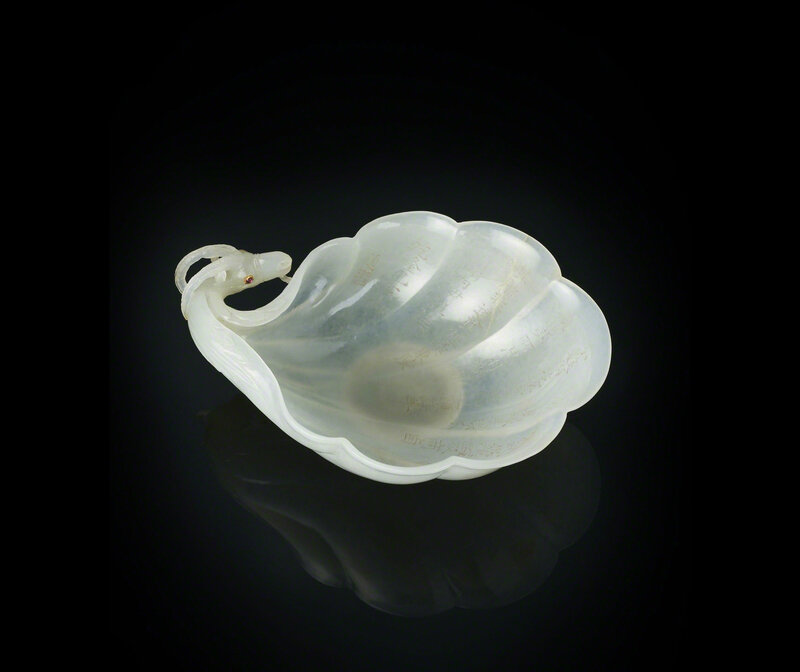
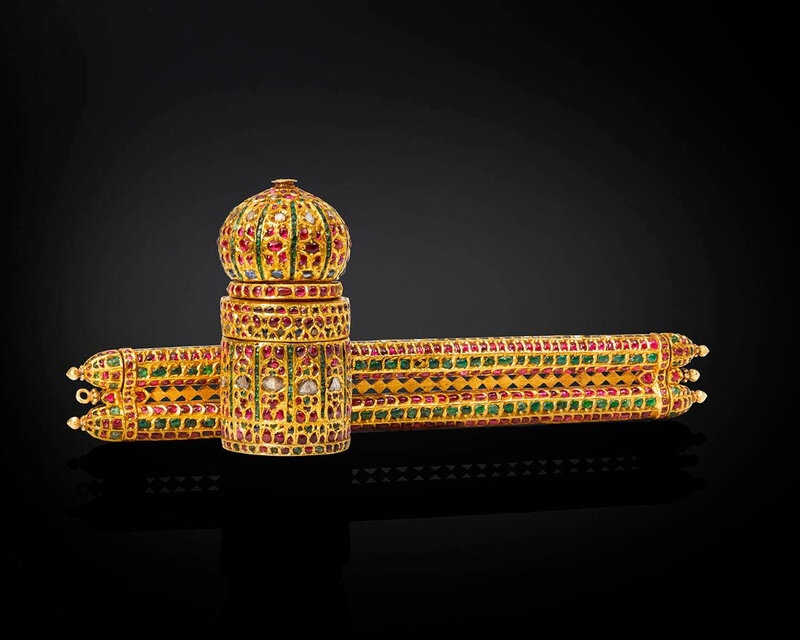
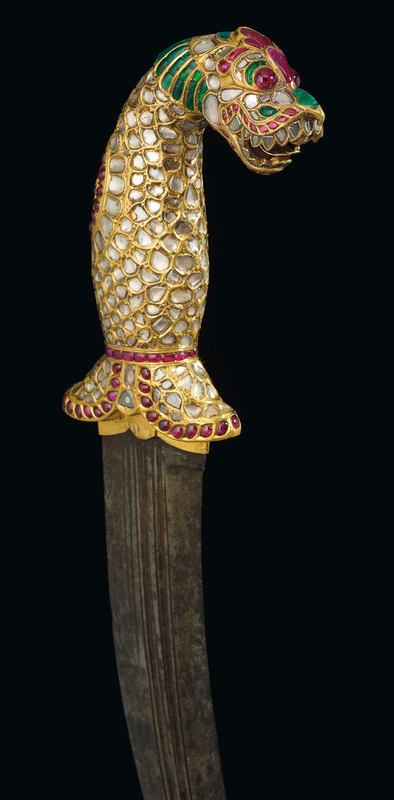






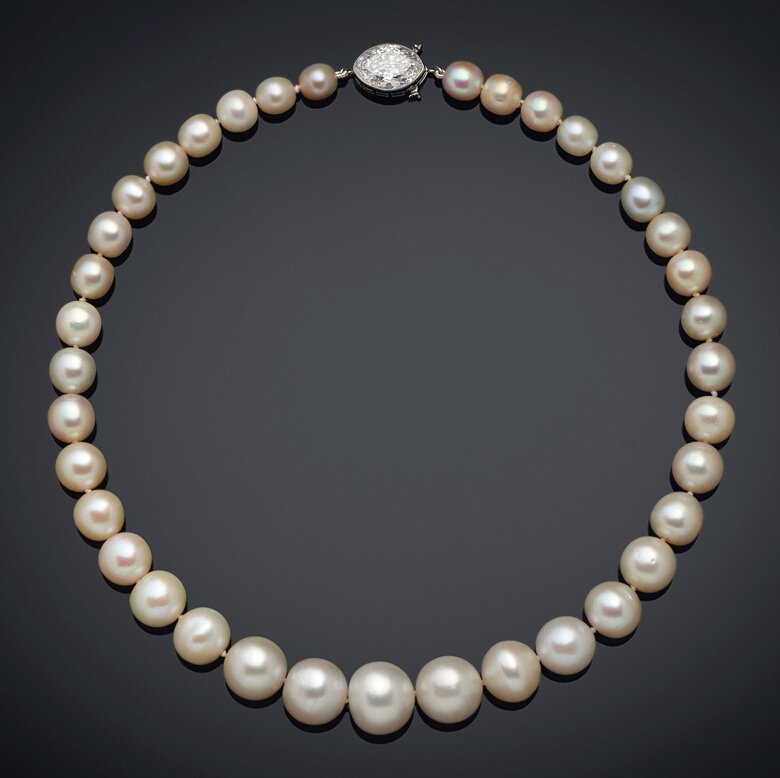

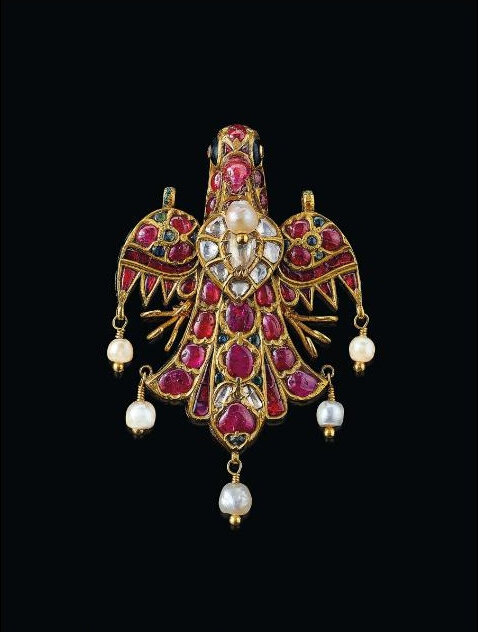
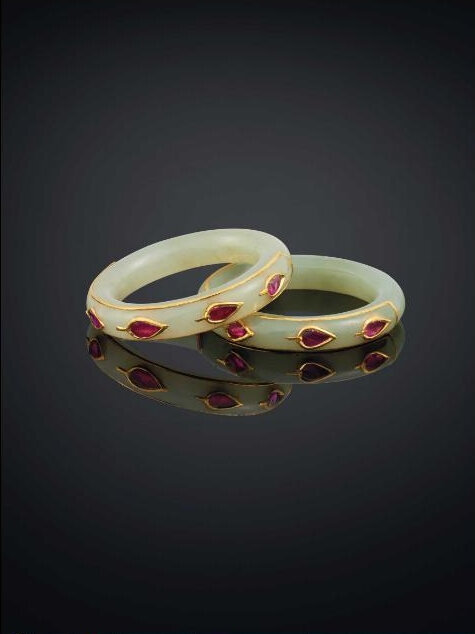


/image%2F1371349%2F20240417%2Fob_9708e8_telechargement.jpg)
/image%2F1371349%2F20240417%2Fob_91ce89_x5173-online-caravaggio-the-martyrdom.jpg)
/image%2F1371349%2F20240417%2Fob_d3a4e9_437713486-1653094185460594-71860440393.jpg)
/image%2F1371349%2F20240417%2Fob_961e87_437772831-1653147868788559-54808306367.jpg)